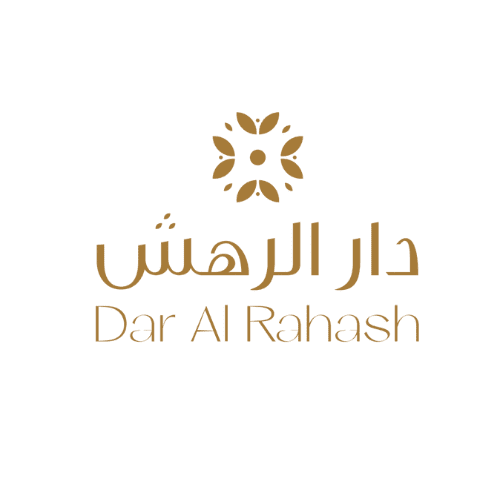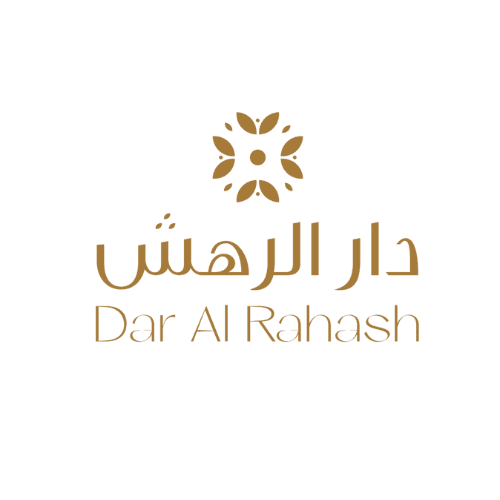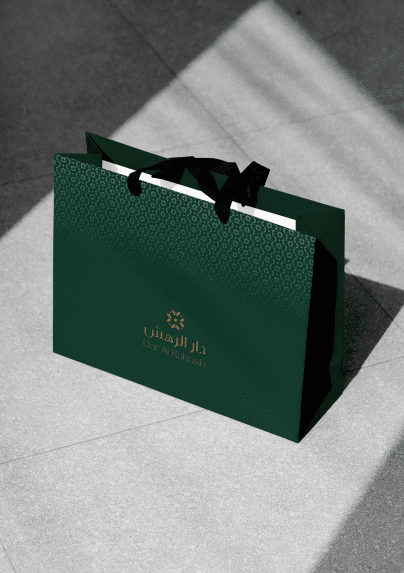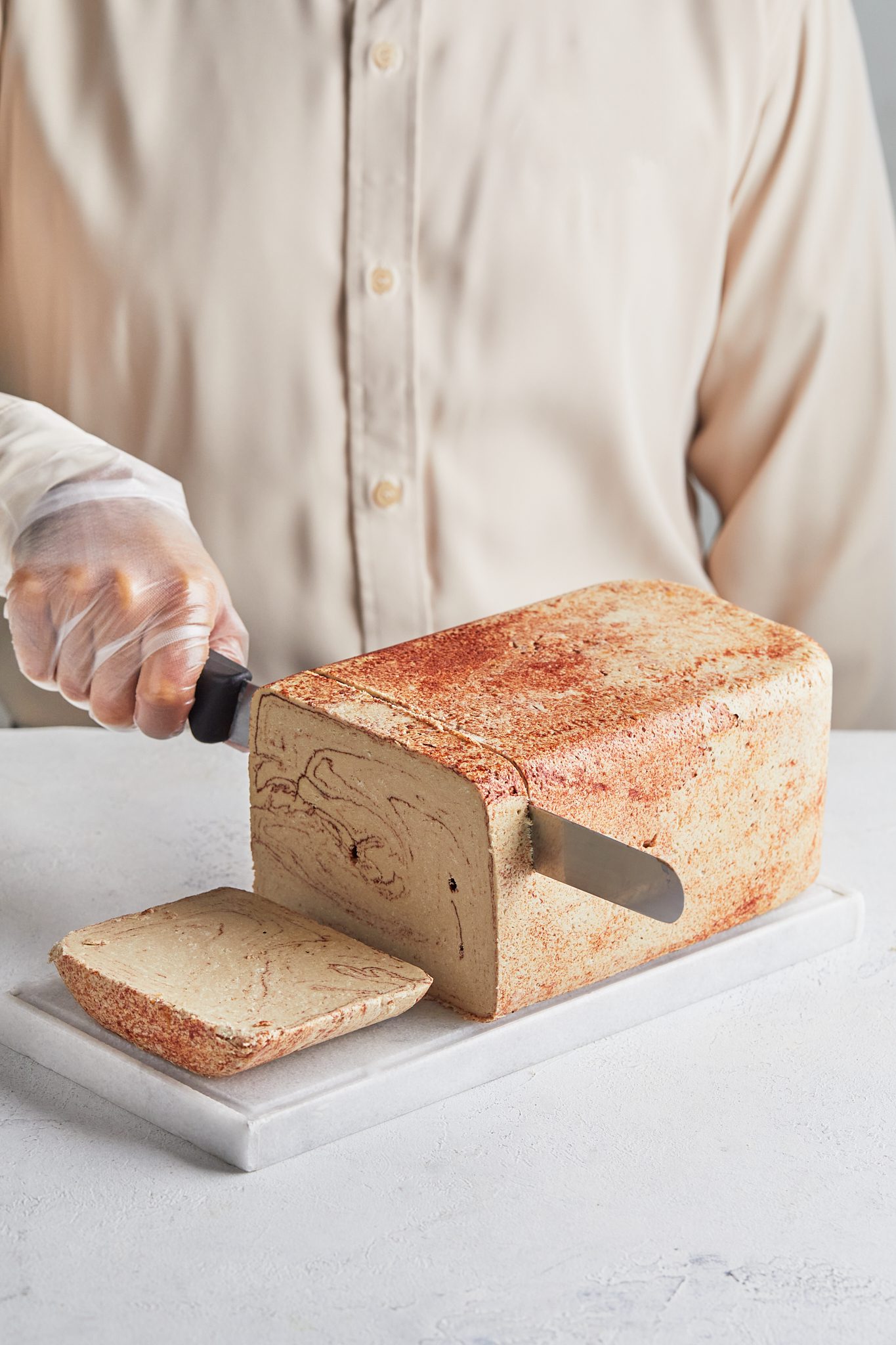
Our rahashDar Al Rahash
Our rahash is crafted from premium sesame seeds, transformed into a rich, smooth tahini base. With over 16 flavors, including sugar-free options, our offerings cater to a wide range of dietary preferences. Our rahash is 100% vegan and gluten-free, ensuring inclusivity for all customers. Our organic tea infusions, made from dried fruits, medicinal herbs, and spices, are designed to complement the richness of rahash. These infusions can be enjoyed hot or cold, making them a versatile addition to a healthy lifestyle.
Health Benefits of Rahash SweetsDar Al Rahash
Rahash ( or halva ), made from sesame-derived tahini, is rich in essential vitamins and minerals such as calcium, magnesium, and healthy fats that support heart health and provide long-lasting energy. Our vegan, gluten-free, and sugar-free options further align with modern health-conscious lifestyles. Our organic tea infusions are also crafted with wellness in mind, offering natural and refreshing benefits.

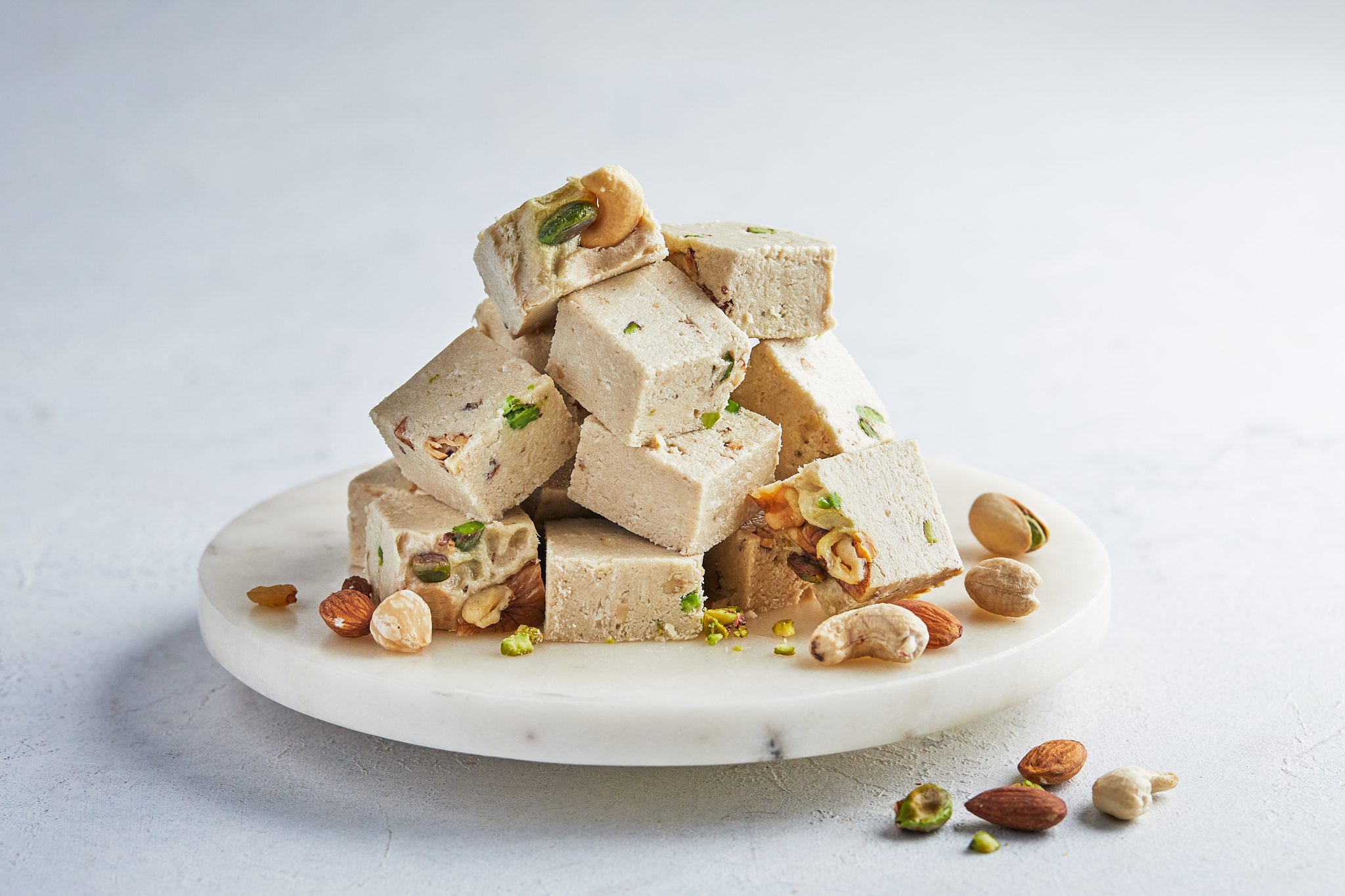
Health Benefits of Tahini & Sesame SeedsDar Al Rahash
Both tahini (a paste made from ground sesame seeds) and sesame seeds are packed with essential nutrients that offer numerous health benefits. Here’s why they are great for human health:
The History and Evolution of RahashHALVA
Rahash, a beloved Middle Eastern delicacy, has a rich history that spans centuries. Originating in the 7th century as a simple sweet made from dates and milk, it has evolved through the centuries into the tahini-based treat we know today. The 9th century saw the spread of halva (the broader category of which Rahash is a part) across the Middle East and Persia, with regional variations emerging. By the 12th-14th centuries, Rahash was firmly established in the Gulf region as a cherished dessert. The treat continued to evolve through the 18th and 19th centuries, finding its place as a commercial product enjoyed by families during special occasions. Today, Rahash stands as a symbol of Middle Eastern hospitality, embraced with new flavors and innovations, while retaining its traditional roots.
EARLY BEGGINING
The roots of halva, including Rahash, trace back to 7th-century Arabia. Early versions consisted of mashed dates mixed with milk—a simple, nourishing treat.
Persian Influence
The term "halva" appears in Persian and Arabic texts, expanding to include sweets made from flour pastes, honey, and nuts. This era marks the first recorded recipes for early halva variations.
Spread Across Regions:
Halva spreads through Persia, the Ottoman Empire, and the Middle East, evolving into local variations. The use of tahini (sesame paste) in halva emerges during this period, forming the basis of what we now recognize as Rahash.
Gulf Region Popularity
Tahini-based Rahash becomes a staple in the Gulf countries—especially in Kuwait, Saudi Arabia, and the UAE. It becomes closely tied to hospitality, often served with Arabic coffee during special occasions.
Commercial Production
With advances in food processing, Rahash moves from a homemade delicacy to a mass-produced confection available in local markets. It becomes a popular gift item during holidays and family gatherings.
Modern Innovations
Rahash remains a beloved treat while new flavors emerge—pistachio, saffron, and chocolate blends are introduced. Artisanal brands like Dar Al Rahash uphold the cultural heritage while adding luxurious twists to the classic dessert.
